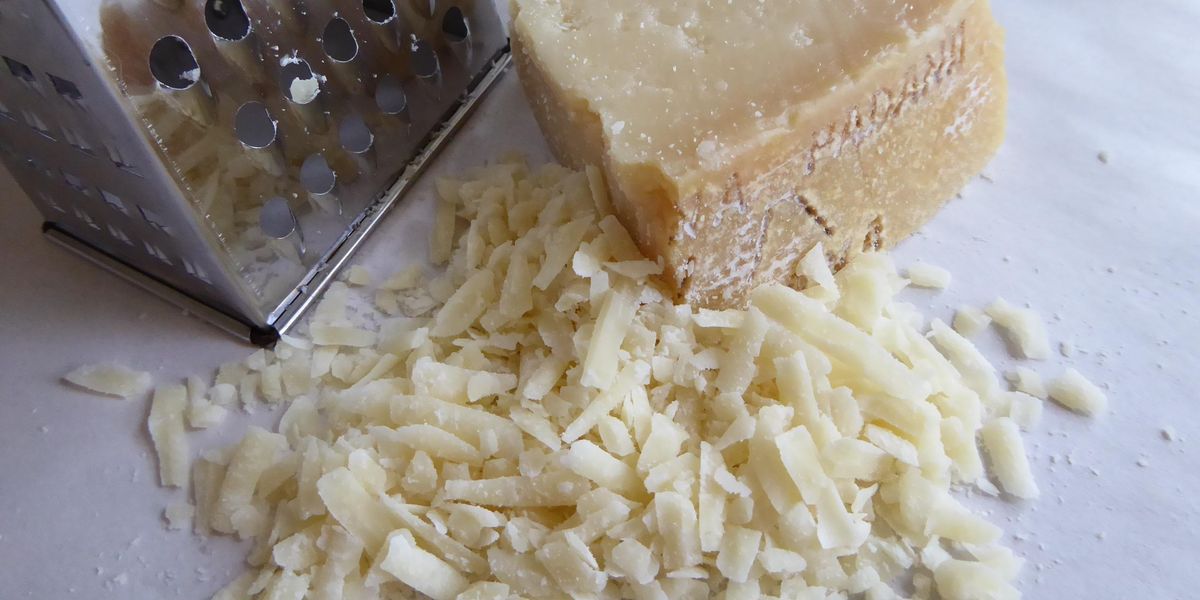
Cheese is a dairy product, derived from milk and produced in wide ranges of flavors, textures and forms by coagulation of the milk protein casein. It comprises proteins and fat from milk, usually the milk of cows, buffalo, goats, or sheep. During production, the milk is usually acidified and the enzymes of rennet (or bacterial enzymes with similar activity) are added to cause the milk proteins (casein) to coagulate. The solids (curd) are separated from the liquid (whey) and pressed into final form. Some cheeses have aromatic molds on the rind, the outer layer, or throughout. Most cheeses melt at cooking temperature.
Over a thousand types of cheese exist and are currently produced in various countries. Their styles, textures and flavors depend on the origin of the milk (including the animal's diet), whether they have been pasteurized, the butterfat content, the bacteria and mold, the processing, and how long they have been aged for. Herbs, spices, or wood smoke may be used as flavoring agents. The yellow to red color of many cheeses is produced by adding annatto. Other ingredients may be added to some cheeses, such as black pepper, garlic, chives or cranberries.







